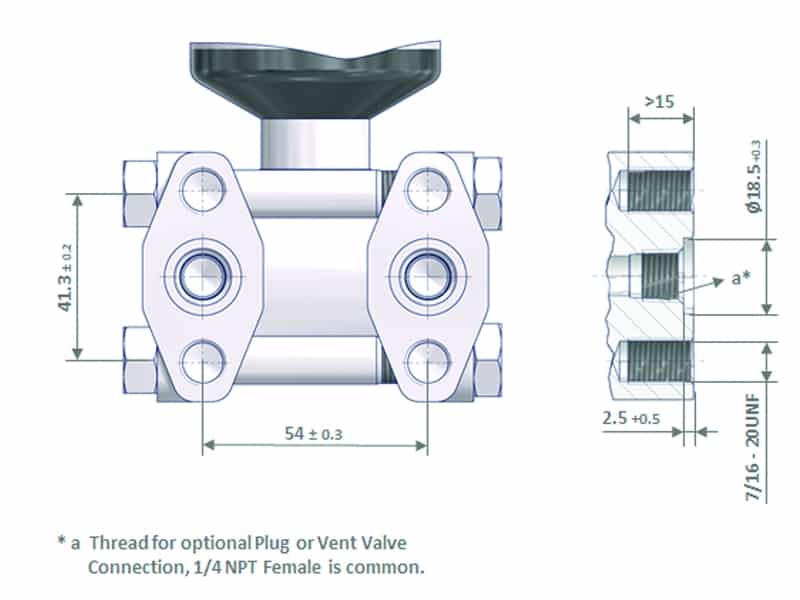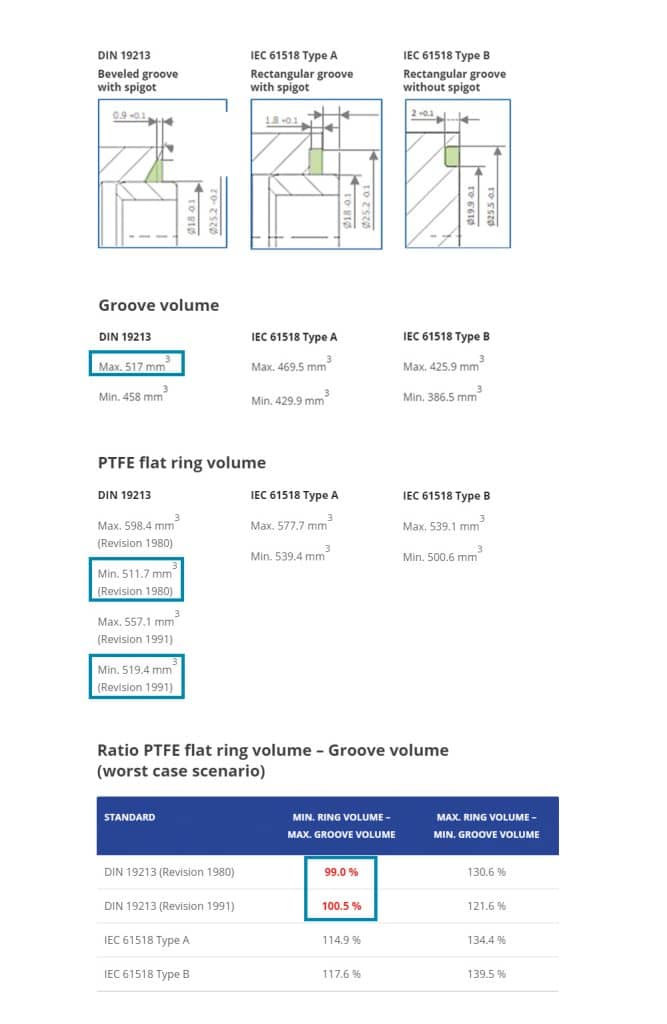There is no reason to specify DIN 19213 instead of IEC 61518
IEC 61518 (DIN EN 61518) is the global standard for Manifold-to-Transmitter Flange Connections. This standard has been issued in 2001. IEC 61518 is based on the German standard DIN 19213 (latest revision 1991 before superseded by IEC 61518). So, basically DIN 19213 is not anymore used with the exception of revision 1980, which is still specified in some factory standards like SHELL MESC SPE 66.98.56/201.
IEC 61518 has been prepared by subcommittee 65B and I was one of the subcommittee members. I am really surprised that DIN 19213 is still used after all these years, although there is no technical reason to specify this obsolete standard.
Transmitter interface
The transmitter interfaces of IEC 61518 and DIN 19213 are nearly identical. Only some minor tolerance modifications have been made. The most important chance was concerning the thread size: 7/16-20 UNF instead of the metric sizes M10 and M12.
Note: As mentioned IEC 61518 has been issued in 2001, however metric threads are still available for ordering but there is no technical reason to use metric threads.

Manifold interface
The characteristic feature of DIN 19213 was the beveled groove for the seal ring (either for a PTFE flat ring or an elastomeric O-ring), rated up to 400 bar. In the latest revision 1991, the beveled groove has been limited at 100 bar and was designated to for the PTFE flat ring. An additional rectangular groove has been added for O-rings and a max. pressure of 400 bar. The limitation of the beveled groove and the PTFE flat ring is the reason why DIN 19213 revision 1980 is still specified, although the flange connection is critical in a worst case scenario. See below illustrations and explanation. The IEC Type A rectangular groove has been designed in that way, that the DIN 19213 revision 1991 seal rings (PTFE flat ring and O-ring) could be adopted. Just the PTFE flat ring thickness tolerance has been changed from 2.7-0.1 to 2.7+0.1.

What does this mean? Concerning the above mentioned worst case scenario the DIN 19213 flange connection will most probably start leaking in a short period of time – depending on pressure, temperature and fluid conditions. There is not enough seal ring material available to keep a leak-free flange connection.
All IEC 61518 flange connection options with either PTFE or Graphite flat ring or elastomeric O-rings are designed and tested for the pressure – temperature rating mentioned in IEC 61518. So this is the standard which should be used only.

